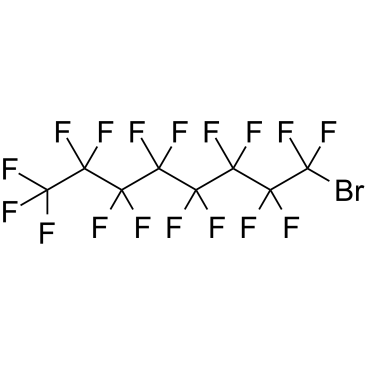Rayleigh theory of ultrasound scattering applied to liquid-filled contrast nanoparticles.
M B Flegg, C M Poole, A K Whittaker, I Keen, C M Langton
文献索引:Phys. Med. Biol. 55(11) , 3061-76, (2010)
全文:HTML全文
摘要
We present a novel modified theory based upon Rayleigh scattering of ultrasound from composite nanoparticles with a liquid core and solid shell. We derive closed form solutions to the scattering cross-section and have applied this model to an ultrasound contrast agent consisting of a liquid-filled core (perfluorooctyl bromide, PFOB) encapsulated by a polymer shell (poly-caprolactone, PCL). Sensitivity analysis was performed to predict the dependence of the scattering cross-section upon material and dimensional parameters. A rapid increase in the scattering cross-section was achieved by increasing the compressibility of the core, validating the incorporation of high compressibility PFOB; the compressibility of the shell had little impact on the overall scattering cross-section although a more compressible shell is desirable. Changes in the density of the shell and the core result in predicted local minima in the scattering cross-section, approximately corresponding to the PFOB-PCL contrast agent considered; hence, incorporation of a lower shell density could potentially significantly improve the scattering cross-section. A 50% reduction in shell thickness relative to external radius increased the predicted scattering cross-section by 50%. Although it has often been considered that the shell has a negative effect on the echogeneity due to its low compressibility, we have shown that it can potentially play an important role in the echogeneity of the contrast agent. The challenge for the future is to identify suitable shell and core materials that meet the predicted characteristics in order to achieve optimal echogenity.
相关化合物
| 结构式 | 名称/CAS号 | 分子式 | 全部文献 |
|---|---|---|---|
 |
全氟溴辛烷
CAS:423-55-2 |
C8BrF17 |
|
Surfactant and perfluorocarbon aerosolization by means of in...
2011-04-01 [J. Aerosol Med. Pulm. Drug Deliv. 24(2) , 81-7, (2011)] |
|
Optimization of perfluoro nano-scale emulsions: The importan...
2012-10-01 [Colloids Surf. B Biointerfaces 98 , 26-35, (2012)] |
|
Detection of fluorine labeled herceptin using cellular (19)F...
2010-03-11 [J. Pharm. Biomed. Anal. 51(4) , 894-900, (2010)] |
|
19F molecular MR imaging for detection of brain tumor angiog...
2013-01-01 [Angiogenesis 16(1) , 171-9, (2013)] |
|
The role of hypoxia in canine cancer.
2008-12-01 [Vet. Comp. Oncol. 6(4) , 213-23, (2008)] |